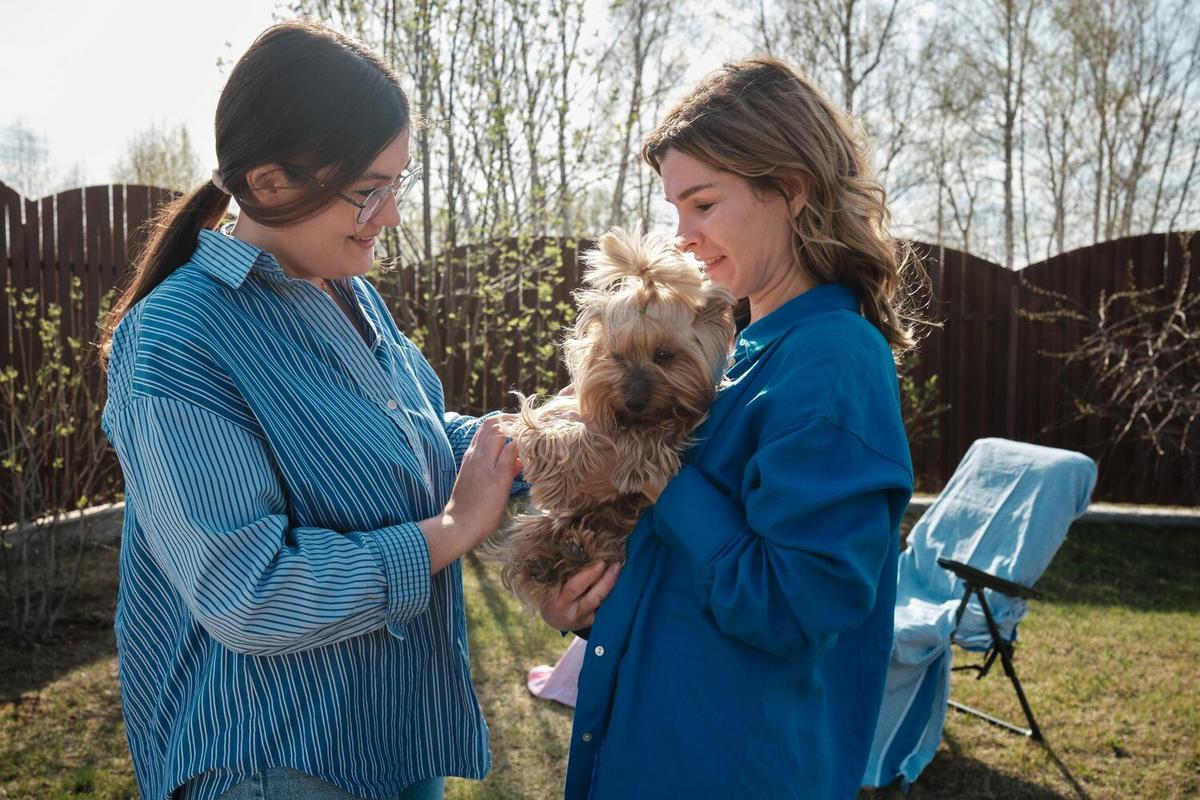
Holistic Approaches to Pet Wellness: What You Need to Know
Exploring the world of pet wellness can be both exciting and overwhelming, particularly as more pet owners are turning to holistic approaches to ensure their furry companions live long, healthy lives.
Understanding Holistic Pet Wellness
Holistic pet wellness considers the overall health of pets by focusing on a balanced approach that includes diet, mental health, and physical well-being. This method emphasizes treating the entire animal rather than just addressing symptoms.
Why Holistic Approaches?
According to Dr. Karen Becker, a renowned veterinarian, “Holistic approaches to pet health can often provide a more comprehensive understanding of an animal’s needs.” By integrating natural treatments, pet owners can often enhance their pets’ quality of life.
Statistics Supporting Holistic Care
A survey conducted in 2022 revealed that over 60% of pet owners who used holistic methods reported improvements in their pet’s health. This highlights the growing popularity and perceived effectiveness of such approaches.
Personal Stories
Mark, a devoted pet owner, found that incorporating acupuncture into his dog Max’s routine significantly reduced the dog’s arthritis symptoms. This is just one example of how holistic practices can make a difference.
Actionable Tips for Pet Owners
- Consult with a holistic veterinarian to create a personalized wellness plan for your pet.
- Incorporate natural supplements and a balanced diet to support overall health.
- Explore therapies such as acupuncture or massage to enhance physical well-being.
Comparison of Traditional vs. Holistic Approaches
| Aspect | Traditional Approach | Holistic Approach |
|---|---|---|
| Treatment Focus | Symptom-based | Whole pet |
| Diet | Standard pet food | Customized nutrition |
| Therapies | Medication | Natural treatments |
| Prevention | Reactive | Preventive care |
| Mind-Body Connection | Often overlooked | Emphasized |
| Owner Involvement | Minimal | Active participation |
| Cost | Varies | Can be higher initially |
| Outcome | Focused on cure | Focused on balance |
Frequently Asked Questions
What is holistic pet wellness?
It is an approach that considers the whole animal, including diet, physical, and mental health, rather than just treating symptoms.
Are holistic methods safe for pets?
When guided by a professional, holistic methods can be safe and beneficial for pets.
How do I find a holistic veterinarian?
Research online or ask for referrals from other pet owners in your area.
For those interested in diving deeper into holistic pet wellness, resources such as the American Holistic Veterinary Medical Association offer valuable insights. Remember, a balanced approach that combines both traditional and holistic methods can often offer the best results for your pet’s health.
Conclusion
Holistic approaches to pet wellness provide a comprehensive path to ensuring your pet lives a healthy, balanced life. By focusing on the entire animal and integrating natural treatments, pet owners can often enhance their pets’ quality of life. Consider exploring these methods and consult with a holistic veterinarian to find the best plan for your furry friend. For more information on pet health, visit our holistic veterinary association website.


